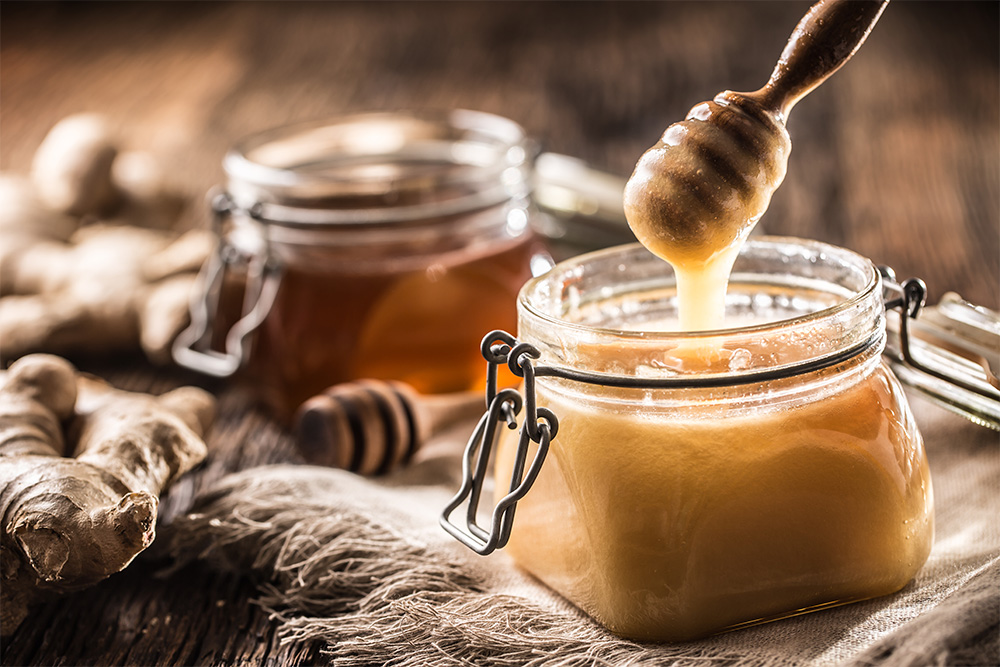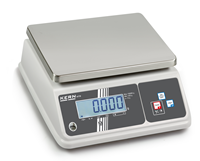Application Search
Please search the application by their name or their segment name or product code.
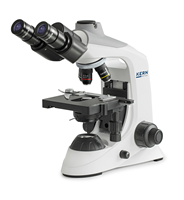
Transmitted light microscopes
OBE 134
View Public Application
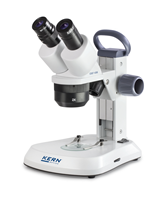
Stereo microscopes
OSF 439
View Public Application
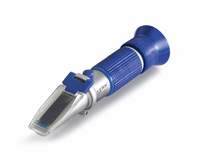
Analogue refractometers
ORA 3HA
View Public Application

